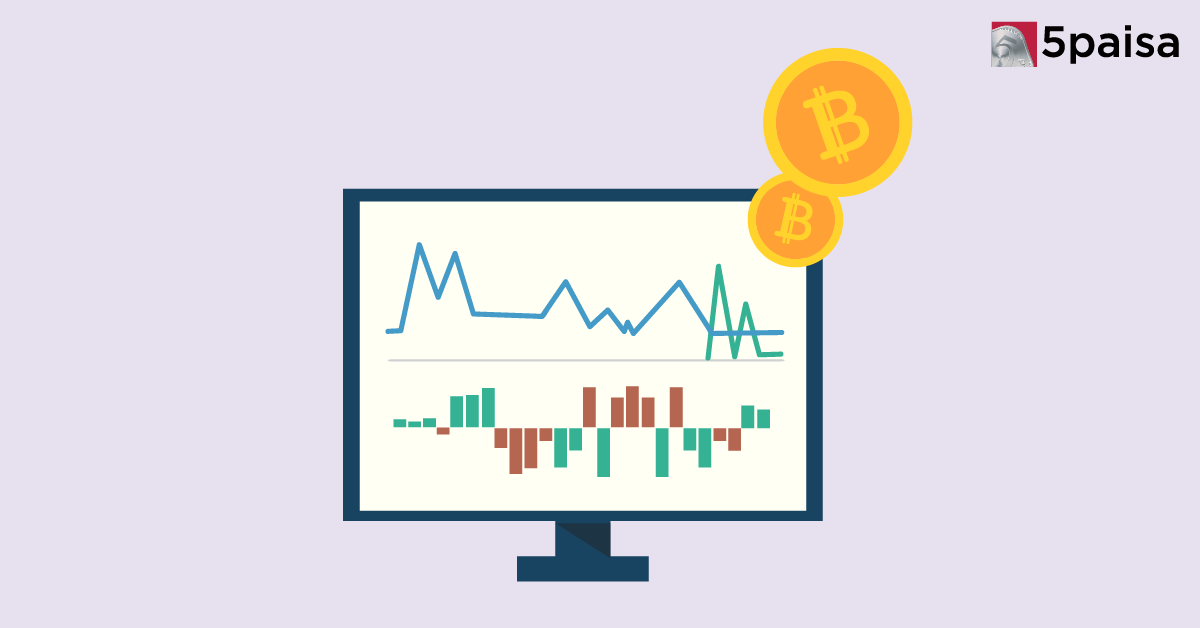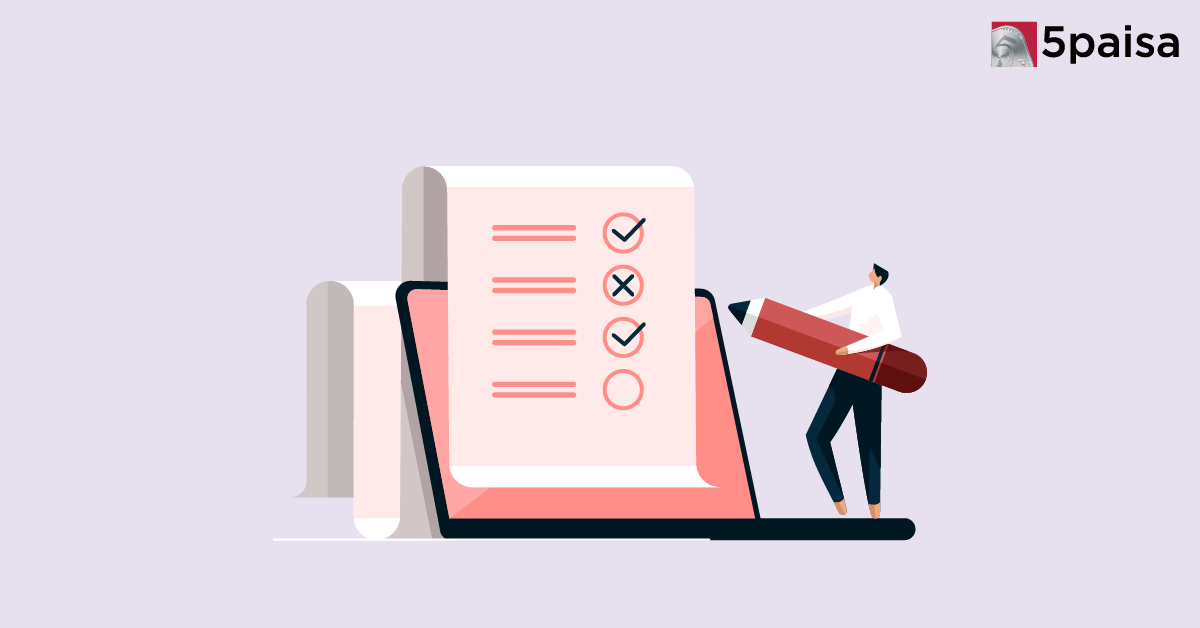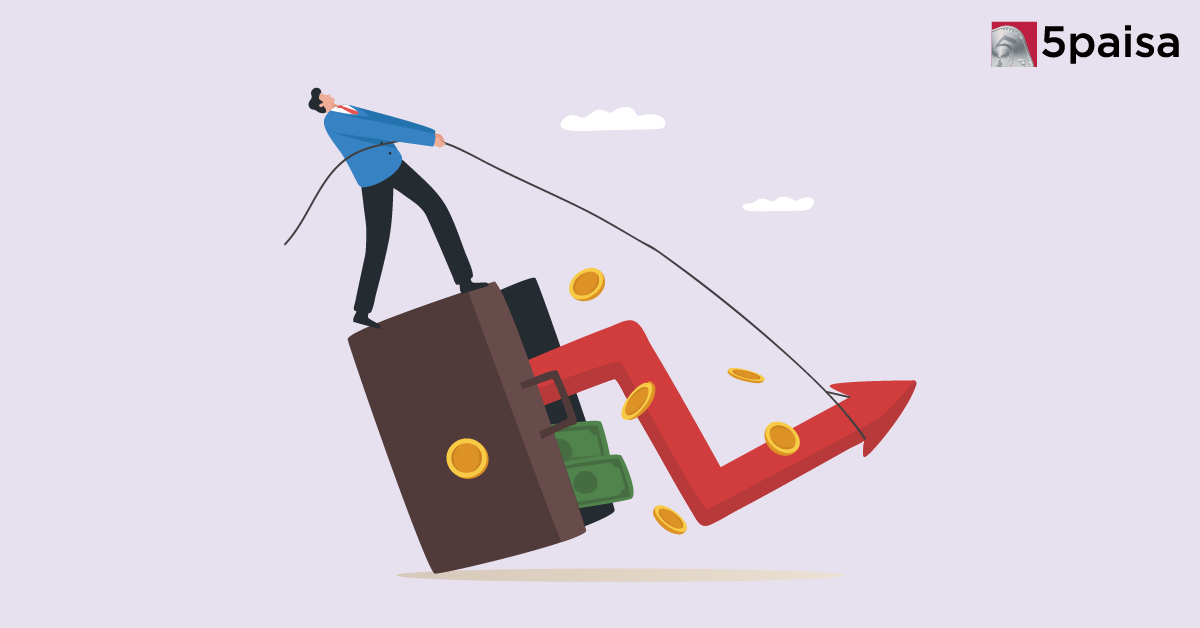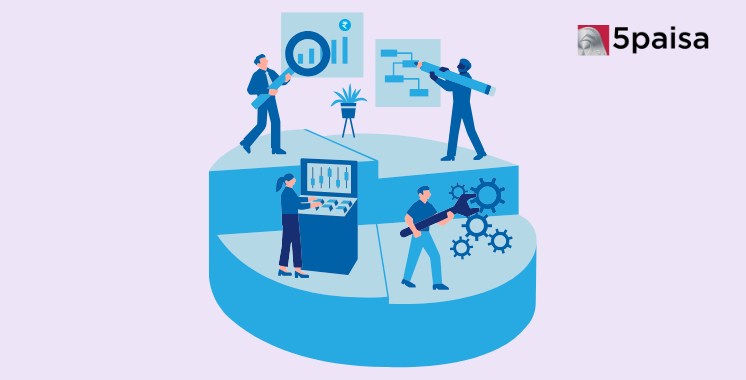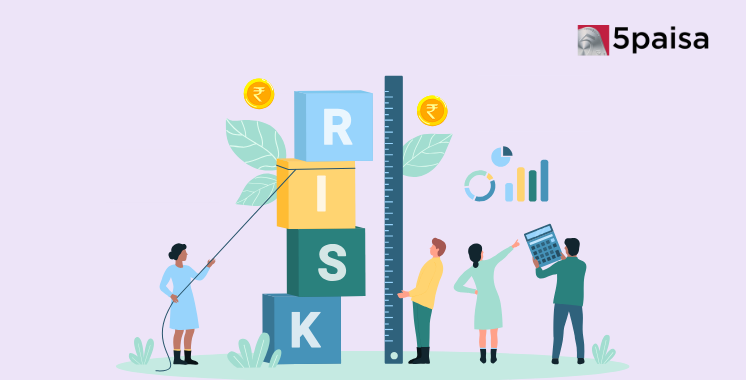Intraday in Stocks vs 24x7 Crypto Trading: Which Actually Works for Retail Investors?
Government has removed caps from Airfares: Here is how it will affect the passengers and airlines!
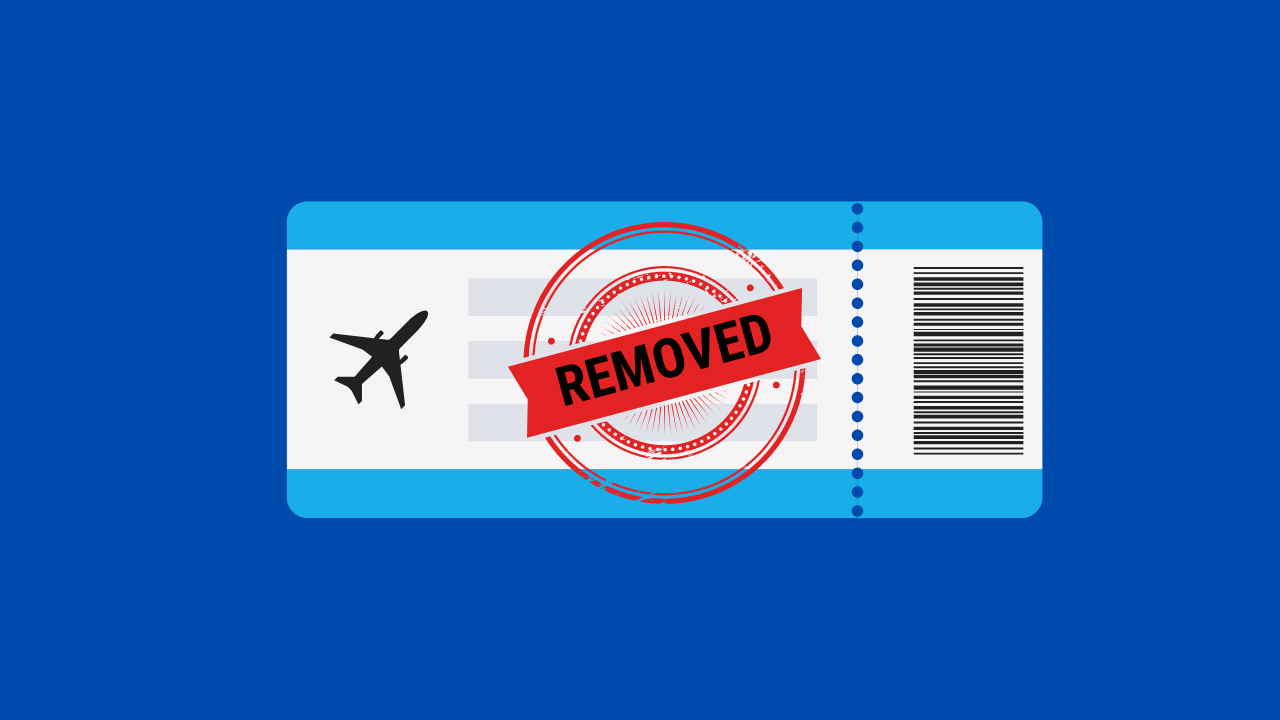
On 31st August, the Ministry of Civil Aviation decided to remove the price caps on domestic flights. The decision created a bit of chaos amongst the people. Some believed that without price caps, customers would be charged exorbitant prices, while others believed it would reduce airfares.
So let’s dig in and see how the removal of price caps would affect the Airlines and the consumers.
Before moving on to that, it is necessary to first understand why the ministry put caps on flight prices.
The reason was twofold.
In 2020, the COVID19 pandemic and frequent travel bans by the government nearly choked the airlines to death. For instance, the international passenger traffic between Mar 2020 - Dec 2020 fell 90%, compared to the same period in 2019. The domestic passenger traffic fell 68% in the same period.
Airlines were buried in debt and had losses close to Rs. 20000 crores in 2020. The decreasing traffic and increasing losses made airlines nastier.
The airline industry in India is fiercely competitive. They engage in price wars because the majority of their costs like jet fuel costs, and employee costs are fixed. And since their services are perishable, they try to maximize their revenue by pricing the tickets low.
For example, A flight from Mumbai to Delhi has 100 seats on it. Most of the costs of flying the aircraft are fixed. Say, just 50 seats in the flight have been booked then once the flight departs the revenue for the rest 50 seats is lost forever. Therefore Airlines try to price the remaining tickets low so that they could maximize their revenue. In their attempt to provide competitive rates, they engage in price wars.
Airlines were barely surviving in this price war, then COVID came in and wreaked havoc.
Stong airlines that had the financial muscle started a price war by giving away air tickets for dirt cheap prices as they knew that other airlines could not afford to compete as they were already deep in losses. Due to the cutthroat competition, the government had to intervene so that the strongest players would not kick out the competition.
To stop the airlines from pricing tickets too low, they introduced a cap and decided the minimum and maximum price an airline can charge.
Another reason was to protect the consumers. To cover up for losses incurred due to the pandemic, airlines started charging exorbitant prices to consumers traveling on busy routes. To protect these customers, the government decided to put a cap on the prices. For instance, the base fare for 40-60 mins was capped at ₹7500 on the upper end and ₹2,500 on the lower end.
Now since the pandemic is over and businesses have resumed as usual and air passenger traffic too has revived and reached its pre-pandemic level, the government has decided to remove these price caps. As a result, airlines will be free to charge fares, based on market dynamics.
What would happen now?
Airlines would continue to compete with each other on price. The demand and supply would determine the price of fares. The impact would be different in different sectors. For busy routes, like Mumbai-Delhi, and Delhi-Bengaluru flights would be expensive due to high demand. Likewise, monopoly routes, where only one or two airlines fly, will continue to increase their prices.
Apart from certain sectors, competition would determine the price. And with Akasa, the competition in the Indian airline Industry has only increased. The low-cost airline has made quite a noise with its lucrative fares and an effective media campaign to position itself as a high-quality, budget carrier.
A price war is already apparent on the routes Akasa Air is currently flying. Flights between Mumbai and Ahemdabad (Akasa's inaugural route) can now be booked for under ₹2,000 ($25) on certain days. Previously, the airfare between these two destinations was consistently more than ₹3,700 ($46).
So with the increased competition, we can expect the prices to go down a little.
- Flat ₹20 Brokerage
- Next-gen Trading
- Advance Charting
- Actionable Ideas
Trending on 5paisa
03
 5paisa Research Team
5paisa Research Team
Indian Stock Market Related Articles
Disclaimer: Investment in securities market are subject to market risks, read all the related documents carefully before investing. For detailed disclaimer please Click here.

 Tanushree Jaiswal
Tanushree Jaiswal
 Sachin Gupta
Sachin Gupta
